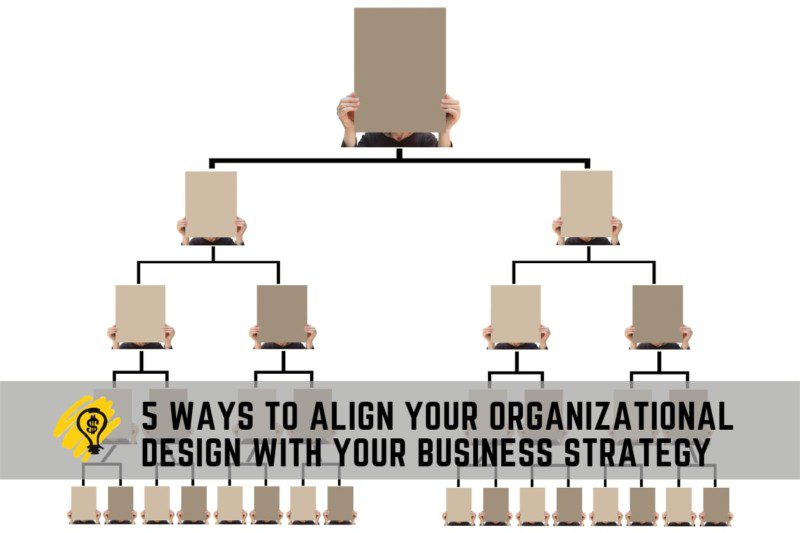Organizational design is a critical factor in the success of any business. Business leaders must create an organization that is well-aligned with their strategic objectives. To do this, leaders must understand the benefits of organizational design and how it can be used to create a successful organization.
Research suggests that organizations with effective organizational designs are more likely to achieve their goals. One study by the Harvard Business Review found that organizations with effective organizational designs were 27% more likely to achieve desired outcomes than those with ineffective designs. This same study also showed that organizations with the effective organizational design were more likely to experience increased customer satisfaction and employee engagement.
Organizational design creates a structure and culture within an organization that enables it to achieve its goals and objectives. The framework defines the roles, responsibilities, and relationships between individuals, departments, and functions within the organization.
Leaders must ensure that the organizational structure is well-aligned with their strategic objectives and can deliver the desired results.
When designing an organization, leaders should consider the following elements:
1. Understand Your Business Strategy
The first step in designing your organization is to understand your business strategy. Ask yourself what your business is trying to achieve, your goals and objectives, your target customers, and what unique value you offer. Once you clearly understand your strategy, you can begin to design your organization to support and achieve it.
2. Clarify Roles and Responsibilities
The next step is to clarify responsibilities for each role within the organization. This involves assigning tasks to each role and defining their KRAs. It is also essential to ensure that roles are properly allocated across the organization so that everyone is working towards the same goals. Leaders should create a structure consistent with the organization’s mission and vision. This includes defining roles and responsibilities, establishing hierarchies, and identifying reporting relationships.
3. Set Clear Goals
Once roles and responsibilities are established, it is essential to set clear goals for each role. This will help ensure that everyone is working towards the same objectives and will help keep everyone on track. When setting goals, it is important to ensure they are achievable and realistic and aligned with the overall business strategy.
4. Communicate Your Strategy
To ensure that everyone within the organization is working towards the same goals, it is important to communicate your strategy to all employees. This includes providing training and development opportunities to ensure everyone understands their role and how it interacts with the overall business strategy.
5. Establish a Culture of Accountability
The last step in designing your organization to match your strategy is establishing a culture of accountability. This means creating a system where employees are held accountable for their actions and their progress toward achieving their goals. It also involves setting clear expectations for performance and providing rewards and recognition for those who meet or exceed them.
Organizational design is a critical factor for the success of any business. By following the steps outlined above, organizations can ensure that their design aligns with their strategy and can achieve desired outcomes. With the right organizational design, businesses can experience increased efficiency, customer satisfaction, and employee engagement. Leaders need to consider the mission and vision of the organization, the structure of the organization, the culture, the processes and systems, and the people of the organization when designing their organization. By taking the time to design their organization, leaders can create an organization that is capable of delivering the desired results.



